Basic principles
Unlike digital printing, which transfers ink directly onto a substrate, flexo printing uses a flexible printing plate wrapped around a rotary print cylinder to transfer an image. Combined with the use of fast curing ink and the ability to print on a variety of substrates, it provides a flexible, efficient and cost-effective solution to custom label printing.
This is why insignia has invested in the latest flexographic label printing technology to ensure our customers are delivered a high-quality product every time.
Flexographic Printing Process
This sustained growth will be a key factor behind manufacturers' choice of beverage processing equipment, which also includes coding and marking systems. Traceability and item identification are vital in canned products.
The ability to identify the origin of a canned beverage is a key requirement, every canned item must be marked with a unique identifier which can be read by humans or machines that is recorded throughout each stage of the process. These codes play an important part in identifying, recalling or withdrawing faulty products. They also empower consumers by giving them the opportunity to access targeted and accurate information concerning the products they buy.
Precision printing
Transferring ink onto the substrate is very precise and is metered through a series of three primary rollers. The first roller transfers ink from the ink tray onto the anilox roller. This is a ceramic roller, laser etched with millions of cells which transfer an exact ink volume onto the printing plate. With the ink now on the print plate, the ink is then transferred onto the substrate with pressure from the impressions cylinder, forming an image. This process is repeated for each colour. At each new print station, the print from the previous station is positioned in lateral and longitudinal position, utilising the latest software to ensure an exact fit for every print. The result is a high-quality print with outstanding colour integrity.
Advantages of Flexographic Printing
Flexographic label printing offers many advantages, including:
- Cost effective printing method for mid to large printing jobs
- Diverse print capability: Accommodates a variety of ink types from water based to solvent and UV curable inks
- The ability to print on a wide variety of substrate materials
- Quick production process: Requires less press time due to high printing speeds
- Provides superior colour integrity and image quality through exact CMYK/PMS spot colour matching













